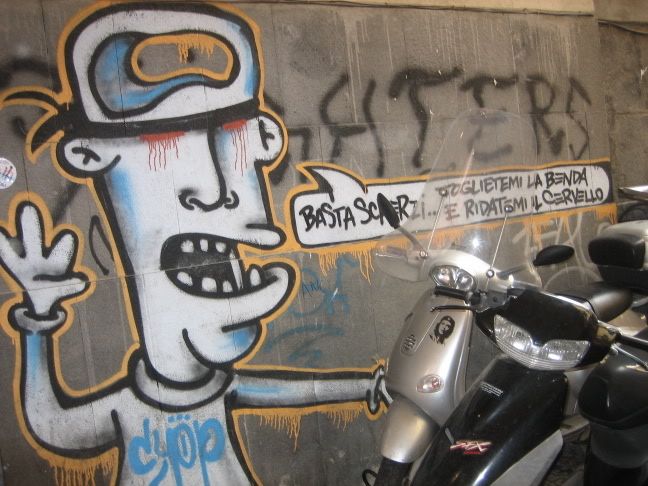About four million adult Americans, the majority being women, suffer from extreme anxiety disorders. Symptoms can be physical, like severe headaches, nausea, the need to use the bathroom, insomnia, and exhaustion; or they can be more mental, such as excessive or exaggerated worry or nervousness, irrationalizing, restlessness, and being easily startled. Anxiousness is an emotion that greatly influences how you live your life, whether you are more anxious, or less so.
“Emotion” is defined as “a natural instinctive state of mind deriving from ones’ circumstances, mood, or relationships with others.” Emotion comes naturally, as it is natural to feel sad if a family member dies, or happy if you were to win a contest.
There are seven core emotions, listed as happiness, surprise, fear, anger, sadness, and contempt. Interestingly enough, the majority of the emotions- five, actually, are negative. One is neutral- surprise, and only one is positive, this being happiness. Most of the emotions are negative because negative emotions are more necessary for survival. In animalistic terms, a dog could be afraid that another dog might steal its food, a dog could be surprised that another dog stole its food, then could have anger and contempt toward the other dog, enough to attack the other dog and retrieve its food. Happiness lasts very shortly, as long as it takes to scarf down a meal in comparison to how long it took to rescue the meal.
The seven core emotions as listed above can be expanded and mixed into more complicated emotions such as joy, satisfaction, amazement, curiosity, rage, annoyance, loathing, boredom, grief, pensiveness, terror, and yes, anxiousness. The mixing of emotions can be compared to making a color wheel or making a gradation scale with paint. The way adding different colors or shades of black and white can bring a color to a whole other level, just as different inside and outside influences can make an emotion feel very differently. One could be in a good mood “just because” but something great could happen and then you’d feel “joyful.” You might be in a bad mood and the day could be very normal and average, so you might just be bored.
This concept can be expanded on in the sense each main emotion could have base color. But, interestingly enough, the colors could be the same. Happiness, in my opinion, is a bright color that could be a beautiful sky blue, or bright yellow, or even a light pink.
Surprise is a neutral feeling that could be gray, or possibly a yellow, although not as bright as happiness. It could even be a brown, since you need every color to reach that shade.
Fear, again could be a garish or even greenish yellow, or bright shade of an explosive red. Red could also be anger, and anger can always be Black. Sadness could be shades of blue and purple, and contempt, for me, dances closely to envy, which is always green.
Everyone experiences these emotions, which especially shows through facial coding, which is a system developed by the scientists by Paul Ekman and Wallace Friesen in 1976 to catalog emotions all around the world. This system found that everywhere, even people who live in isolated third world villages, even those who are blind, react facially the same way you or I would. Everyone smiles or laughs when they’re happy, everyone cries or frowns when they’re sad. Everyone’s eyebrows furrow down in anger. Which means, that no matter where you go, even if you don’t understand the language spoken, you can at least rely on the faces people are making.
My final project will combine the idea of the seven core emotions mixing and combining to create different sides of anxiety, whether it’s a looser, calmer “it will all work out fine,” kind of anxiety, or a tighter more negative angry, sad side of anxiety. Several paintings will depict different people playing with thread, wearing different colored clothing and with different background colors. The most blatant symbol of anxiety in each painting will be bright red thread tangled up in each persons’ hands, tangled more so if they are more anxious, or hanging between their fingers if they are less so. I chose the color red for the thread because it is a strong, passionate, and noticeable color. The background colors used will be a little more subtle symbols of anxiety. Each painting I will choose colors, that if mixed together, will either form a more positive or negative symbol of anxiety, and these colors will be the title of each piece, for example: Red + Blue. By doing these series of paintings I hope to combat my own anxiety and the negative way I approach it. The project will widely be open to interpretation, and is also strongly personel in how I view the colors and the way I associate them with anxiety.

